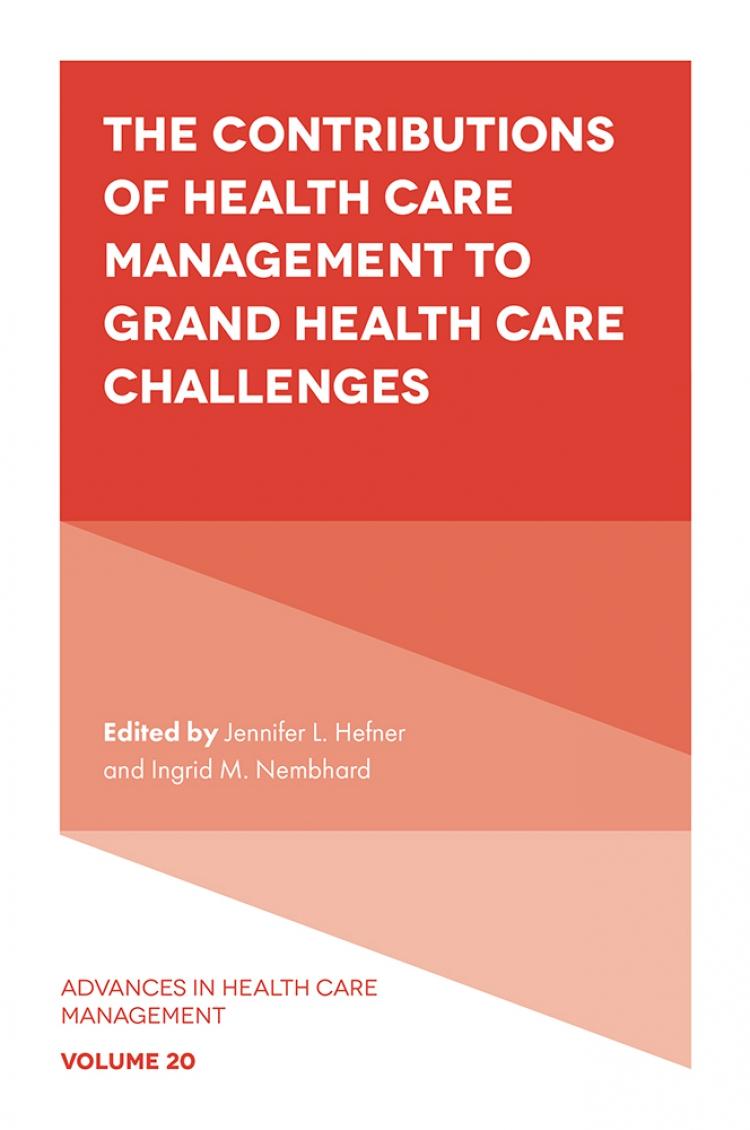Headline
Varying structures of cross-sector partnerships between health care organizations, social service agencies, and local government bodies have distinct strengths and serve different functions.
Context
Partnerships between health care and social service agencies have shown promising outcomes for populations with complex needs such as reduced mortality and avoidable utilization, but much is unknown about these relationships and their potential for transforming health outcomes. This qualitative study examines the different structures and functions of interorganizational relationships by interviewing 175 representatives from health care organizations, social service agencies, and local government bodies that aim to improve care for older adults who experience high rates of medical complexity as well as social needs. Organizations interviewed share their perspectives about the strengths and challenges of these structures for improving the health and well-being of older adults with complex needs.
Findings
Interorganizational relationships took the forms of large, loose coalitions of 20 or more participating organizations, smaller groups, or dyads. Overlapping coalitions of large numbers of organizations allowed information on goals and activities to flow across the network, which helped participating organizations identify community-wide needs, inform their own strategies through shared best practices, and expand organizational awareness of services in the area to offer more resources to clients. These large coalitions often served as springboards for smaller groups of organizations to take joint action to advance a common goal, as the larger groups often could not take collective action. Dyads of two organizations could hold each other accountable for improving care for individual patients or the community.
Takeaways
This study can help policymakers, health care organizations, and social service organizations create realistic expectations for the different structures of cross-sector partnerships. Although large coalitions are useful for understanding community needs and cross-sector alignment, partnerships with a smaller number of organizations acting together toward a common goal may be needed to create tangible improvements in care for patients, especially those with complex health and social needs.

